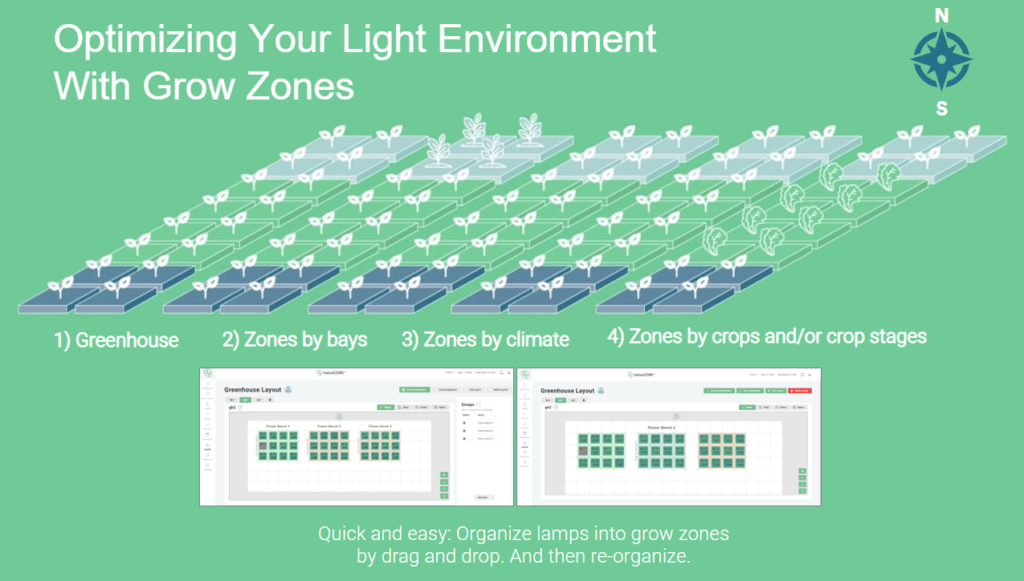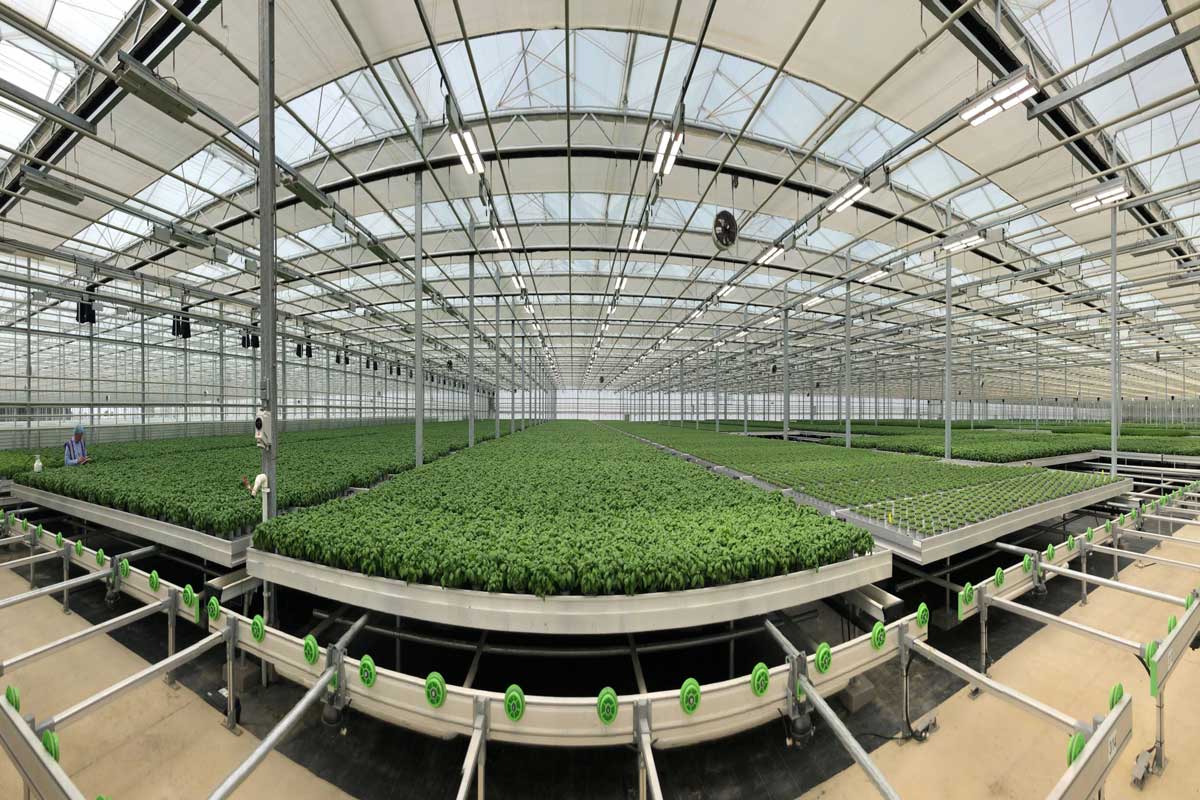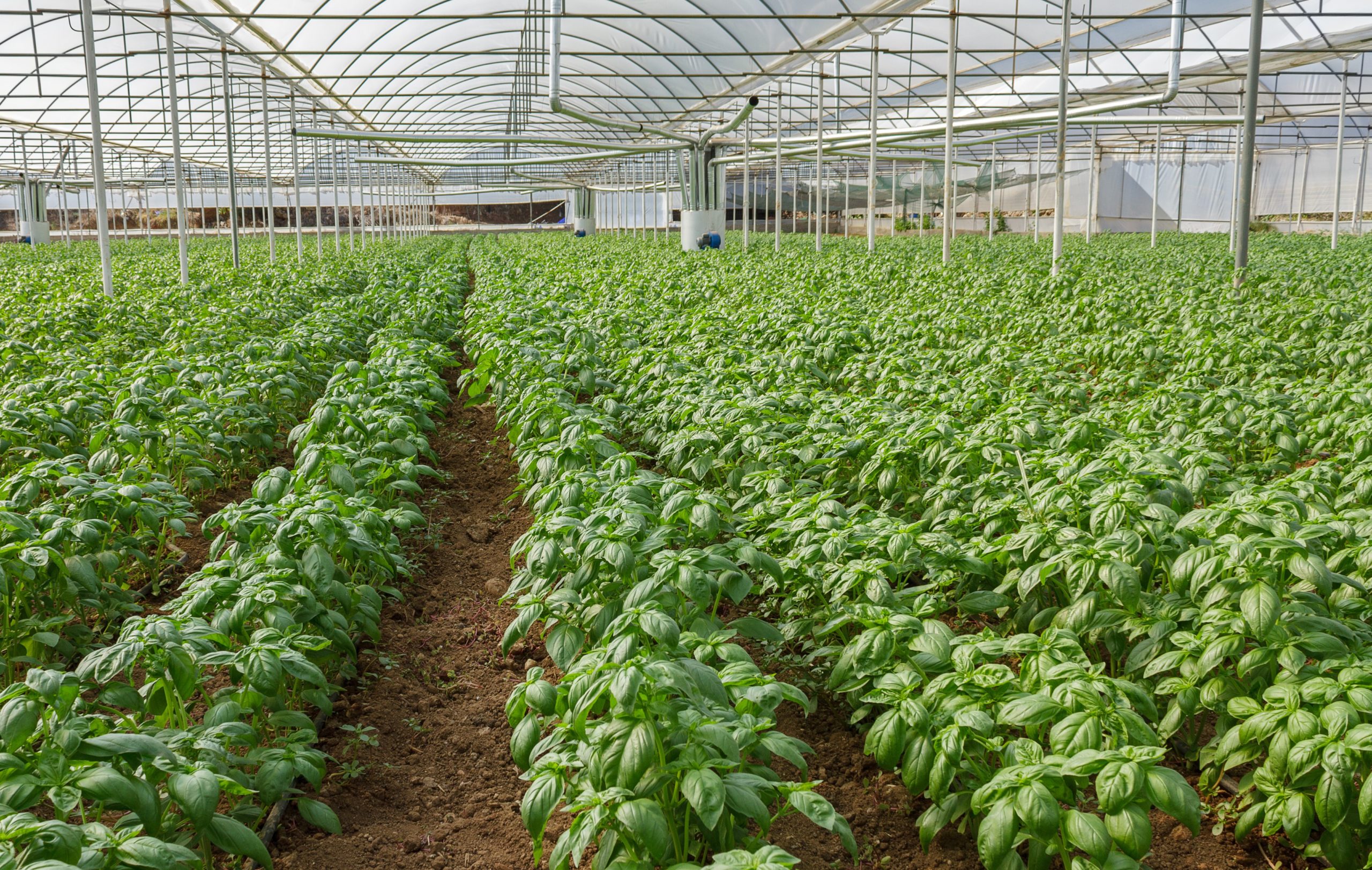Research
Articles
Light is one of the most important variables in growing plants. Your lighting strategies can, therefore, have a huge impact on the quality and yield of your crops, as well as the health of your business. When it comes to lighting your greenhouse, it is essential to have an effective strategy that ensures your crops get enough light each day to thrive, without wasting energy. A good way to achieve this is by setting up grow zones.
The Purpose of Light Grow Zones in a Greenhouse
Multi-zone light management and optimization can help future-proof your business, by optimizing crop production and quality in every zone, throughout the year, despite changes in natural light or weather conditions. The purpose of grow zones is to:
- Map out the light each crop (and plant) will receive, including the daily light integral (DLI), light intensity, uniformity, and spectrum
- Ensure the best setup of your lights for optimal lighting in each zone
- Minimize light wastage to aisles and other non-cultivation zones
- Optimize your energy usage
- Deliver your desired crop outcomes
Grow Zones Help Optimize your Greenhouse Lighting Strategy
Your lighting strategy should be customized for each grow zone. A greenhouse can be broken down into smaller zones based on factors such as greenhouse infrastructure, varying microclimates throughout the facility, crop type, and growth stage. For example:
Zones by Bays
Divide your greenhouse into zones based on your greenhouse bay layout and infrastructure.
Zones by Microclimate
Further segment your grow zones based on the different microclimates in your greenhouse. In the Northern Hemisphere, for example, a facility’s south side will generally receive more sunlight and have a warmer microclimate than the north side. Depending on your crops, you may have different light targets for different zones, or you may have the same light targets across all zones. In every case, the supplemental light requirements will be determined by the amount of natural light each microclimate zone receives.
Zones by Crops
Each crop has its own unique light needs and these change by growth stage. So different zones should also be defined depending on the crop grown and even further defined by the production stage, such as readying tomato seedlings for transplant with far-red light at end of the day or finishing red lettuce under high light to create heavier heads and a denser red coloration.
If the above seems overly complicated, the hands-on guidance of a good LED lighting and controls company can help you apply custom lighting strategies to each zone according to your business goals, market expectations, and crop requirements.
Customized DLI Control in Each Zone
Based on the crops that grow in each zone, it is important to optimize the time your lamps are on according to how much light each crop requires in a 24-hour period. Your lighting and controls technology should be capable of providing different amounts of DLI per zone, auto-adjusting the light using predictive algorithms and real-time data to meet the precise DLI your plants need. If you upload your local utility rates to the system, it should also be able to identify the most cost-efficient hours to run your lights and save you money.
Customized and Consistent Light Intensity in Each Zone
Your lighting and controls system should feature dynamic, sensor-driven adjustments to consistently maintain the right light intensity in each zone. Digital grow zone management and sensor feedback algorithms should enable you to manage lighting in an automated way via an easy-to-work–with user interface.
Customized Spectral Control in Each Zone
Smart lighting controls can apply the required spectrum of light to each crop, according to cultivar and production stage. A good LED grow light manufacturer will have experts to help you with this, building comprehensive lighting strategies tailored to your greenhouse and business goals. They can help you map out multiple grow zones and lamp groups, each with its own schedules and settings, which can be saved as custom libraries to use season after season.
Grow Zones enable Precision agriculture
Intelligent LED lighting and controls, such as helioCORE™, can supply the right light to dedicated, custom grow zones for different plant groupings. Such systems can automate the lighting response, and even enable you to receive notifications in real-time. With the goal of delivering the precise light, your plants need, including the optimal DLI, light intensity, uniformity, and spectra, you can ultimately minimize time and wasted energy.
In addition to light management, helioCORE™ gives you the tools to create accurate production forecasts and standardize time to market. When using the right greenhouse technology, precision farmers can increase crop quality, yield, and harvest cycles year-round, to sustainably feed an ever-growing population.
There is No One–Size-Fits-All Approach to Lighting Management
Our helioCARE™ team of experts can help with the custom planning and implementation of your grow zone strategies to support your business goals. We can be your partner from the ground up, whether you need strategic help, on-site support, or lighting trials to evaluate the best lighting strategy for your crop. By building a customized support plan, our team can help you achieve continuous quality and production improvements throughout the growing season. Let’s talk.
Get in touch with us!
From custom light planning, to tailored quotes, and everything in between,
our team of horticulture experts are always ready to assist.






